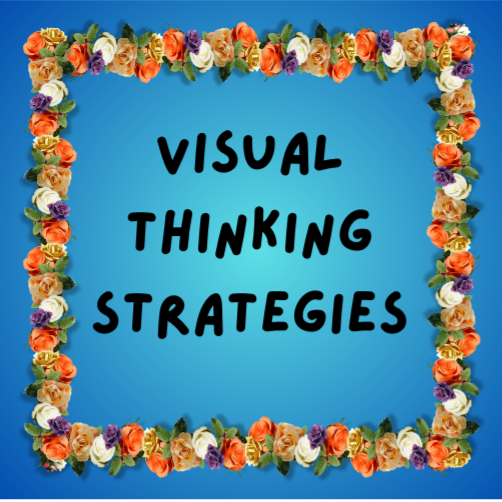
Visual Thinking Strategies (VTS) is an arts-based teaching tool to promote cognitive growth and reflection. Through looking at artworks with teacher facilitated discussion, students develop skills such as critical thinking, curiosity and communication. The purpose isn’t to learn the history of the work of art but to use it as a basis for looking, describing, analysing and interpreting. Initially developed for use in museum education, the value has since been recognised for other professions too.
VTS can be used within medical and healthcare education to enhance observational and diagnostic skills, promote self-reflection, develop empathy and communication skills, and accept uncertainty. Harvard Medical School has been using these techniques since 2004. Engaging with art can also be an important space away from the pressures of the clinical environment and can reduce burnout.
A systematic review conducted by Cerqueira et al in 2023 identified 11 studies that had evaluated VTS in medical education. These were from USA (7), Canada (2), Israel (1) and UK (1). The aim of most of these studies was to increase students observational or visual diagnostic skills. Five studies reported an improvement in observational skills, whilst others reported increased empathy and tolerance for ambiguity. One study found that discussing paintings that represented radiologist encounters with patients resulted in a better understanding of their role and reduced negative stereotypes. Another study found that analysing street art helped to facilitate understanding of social determinants of health. Specific clinical observational skills were also found to be improved through VTS exercises in dermatology and ophthalmology specialisms.
A 2022 study by Worthley & Trudell looked at VTS and observation skills of entry level OT students in the USA. 33 OT students observed 4 works of art using an observation log and a pre/post test observation skills questionnaire. Most scores improved, especially remembering and the need for instruction. Decreased ability was reported in critical analysis, perhaps as the fourth artwork had less details to observe. All students reported an increased understanding in how previously unseen details influenced their observations. An increased awareness was developed on how the whole picture needed to be considered instead of just details, and that others had differing perceptions. An understanding was also developed of how context can influence observations and clinical practice. These enhanced skills and self awareness are all qualities that be taken forward into the clinical environment.
References:
Cerqueira et al (2023) Visual Thinking Strategies in Medical Education: a Systematic Review
Worthley & Trudell (2022) The Use of Visual Thinking Strategies to Enhance Observation Skills of Entry-Level Occupational Therapy Students
Add comment
Comments
Thanks for sharing this! For those interested in Hotel Management Courses, there are some great hotel management courses in Delhi available. Choosing a good hotel management institute in Delhi can really help kickstart your career in this field. please Visit https://thehotelschool.com/